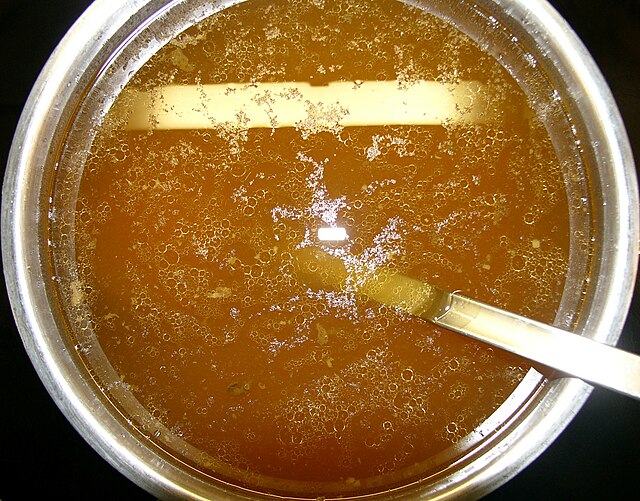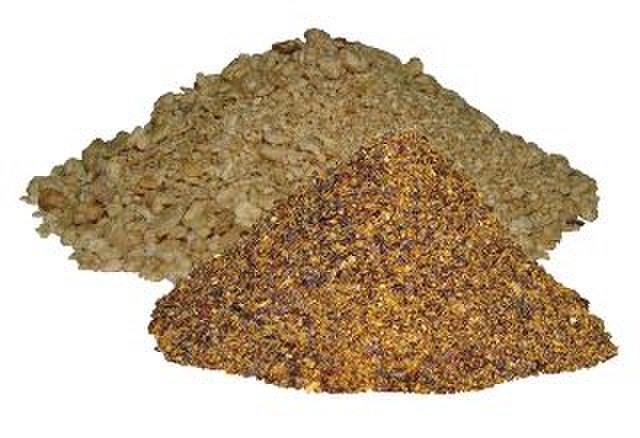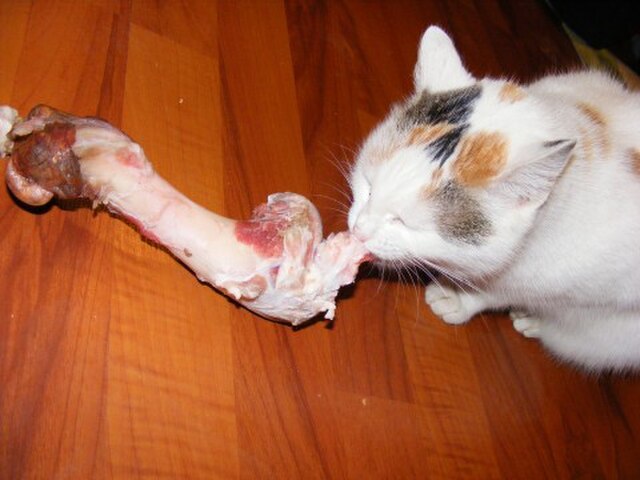The animal bones left over after a Sunday roast, or those that you remove when deboning a leg of lamb or rack of ribs, aren’t waste. Don’t consign them to the dustbin.
Rather, consider them just as valuable a resource as the meat they provided.
Here are some uses to which leftover bones can easily be put.
Some are commonplace, even in a “sophisticated” smallholder kitchen. Others are more minimalist or survivalist, but nonetheless useful.
Clean bones
The first thing that must be done with any bones is to remove the remaining flesh, cartilage and fat. This is easily done by prolonged slow boiling. Simply cover the bones with water in a deep lidded saucepan and boil slowly for a few hours. Adding a few roughly chopped vegetables such as carrots, leeks, turnips etc, as well as a bit of salt and a few bay leaves will result in both clean bones and a simple broth that is both tasty and nutritious.
Bone broth
Bone broth is becoming popular in its own right as a health drink, containing vitamins and collagen from the bones. Or it can form the basis for soups and stews. And, if strained and rendered down after the bones and vegetables have been removed, it will form a home-made alternative to meat stock in gravies and sauces.
To strain the bone broth remove the bones and vegetables using a slotted spoon. Then pour the cooled broth through a piece of muslin (“melkdoek”) to remove the small solid bits remaining.

This will result in a slightly cloudy, amber coloured fluid which you return to the pot and simmer gently with the lid off for a couple of hours to cook off the excess water, allowing the meaty flavour to intensify.
The remaining bones should now be free of any adhering flesh, cartilage etc (if not, it’s a sign that you didn’t cook them long enough).
Bone paste and bone-meal
You can now make either bone paste, or bone-meal.
Bone paste is a nutritious wet dog food supplement that circumvents the problem of bone shards becoming stuck in the animal’s mouth or gullet, and is ideal for dogs that simply cannot handle bones at all.
The best bones for bone paste are chicken and other poultry, rabbit, and small mutton or pork bones. Beef can also be used, but not big leg bones
To make bone paste place the wet bones, plus any remaining cartilage, etc in a deep bowl and grind them up using a hand grinder till a fine paste.
Store this in the refrigerator and feed it a little at a time, as too much can be constipating for the dog.
Dry, clean animal bones
Bone-meal requires clean dry bones.
After making the bone broth allow the clean bones to dry thoroughly, preferably in the sun. This may take some weeks. You can also dry them artificially by baking the bones in a warm oven for a few hours.

You now have the makings of your own bone-meal, a welcome soil and compost enhancer, as it contains lots of calcium and other minerals. Adding a handful of bone-meal to the bottom of the hole into which young fruit trees, roses and shrubs are to be planted is a well-known recommendation.
Indeed, a few handfuls of bone-meal sprinkled on soil to be worked over as a new flower or vegetable bed will do wonders for the crops that follow.
To make the meal simply grind up the dry bones to a sand-like fineness.
Compost additive
Clean, dry bones can also be added straight to your compost, where in time they will break down, releasing their calcium and potassium to the benefit of the compost.
Don’t add uncleaned bones as these will smell and attract flies and scavengers.
Survivalist uses for animal bones
For those of a more survivalist disposition there are many other uses for dry, clean animal bones. These include the use of bigger bones in knife and implement handles. Or, shaped and sharpened, as blades and arrow tips themselves.

Alaska State Museum. wmpearl via Wikimedia.
Smaller bones can be creatively carved to make fishing hooks.
And the cartilage on bones, as well as hooves and bits of raw animal hide, can be boiled up to make a very traditional glue, with multiple uses.
To read more about food processing click here.
Main image: Cat eating a large bone. Elilian Robert Vicol via Wikimedia Commons

